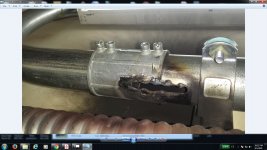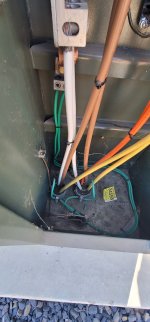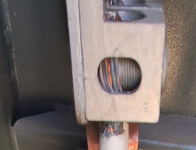I have always said the primary wye connection should be left floating on a reverse fed transformer unless it is part of a utility grid. This comes from the predominant use of dry type transformers with a single three legged core, to supply 480V delta.
You are correct there is no absolute prohibition against connecting a primary neutral. However, there are many considerations therefore these should be left to installations that have been throughout engineered.
As a general rule I agree no one should be installing or connecting a wire on something they don’t understand (which includes using non-standard transformer connections and providing advice to remove the primary neutral), but this rationale is to discourage unqualified persons from working outside of their competency rather than providing a technical reason against utilizing a primary neutral.
Some members seem to be afraid of using the neutral based on a misunderstanding of past experience. It sounds like most cases are a result of primary phase loss and undersized wires. For example:
One advantage of a primary neutral on a wye-primary delta-secondary configuration is you still get balanced secondary voltage when you experience a phase loss upstream. This behaves similar to an open-delta bank and increases current draw on the remaining phases by a factor of sqrt(3). Unless you account for this increased current by adequate transformer capacity and larger primary feeder size, there will be overloading and eventual damage (to the wiring and transformer).
Removing the primary neutral obviously eliminates this possibility and could be one reason everyone thinks it should be removed without not really knowing why…
Just trying to challenge the “I’ve always done it that way” mentality since a few threads on this subject have came up with no apparent resolution.



